Tired of the constant street noise disrupting your home's peaceful vibe? Imagine reclaiming your space as a tranquil sanctuary. In a world buzzing with auditory distractions, soundproofing your living area is the secret weapon for restoring serenity. Come along on a journey as we explore the art of harmonizing your home through the fascinating world of soundproofing. This blog is your companion, offering practical tips and cutting-edge solutions to guide you in creating a peaceful haven where the chaos from outside stays firmly at the doorstep. Let's dive into the quest for a quieter, more serene home environment together.
Tips for Soundproofing your home
1. Seal Gaps and Cracks:
Identifying and addressing gaps or cracks within your home is a fundamental step in effective soundproofing. These openings, often found around windows, doors, and walls, can be sealed using weatherstripping and caulk. By meticulously closing off these points of vulnerability, you create a barrier that significantly reduces the potential for sound leakage, enhancing the overall soundproofing of your living spaces.
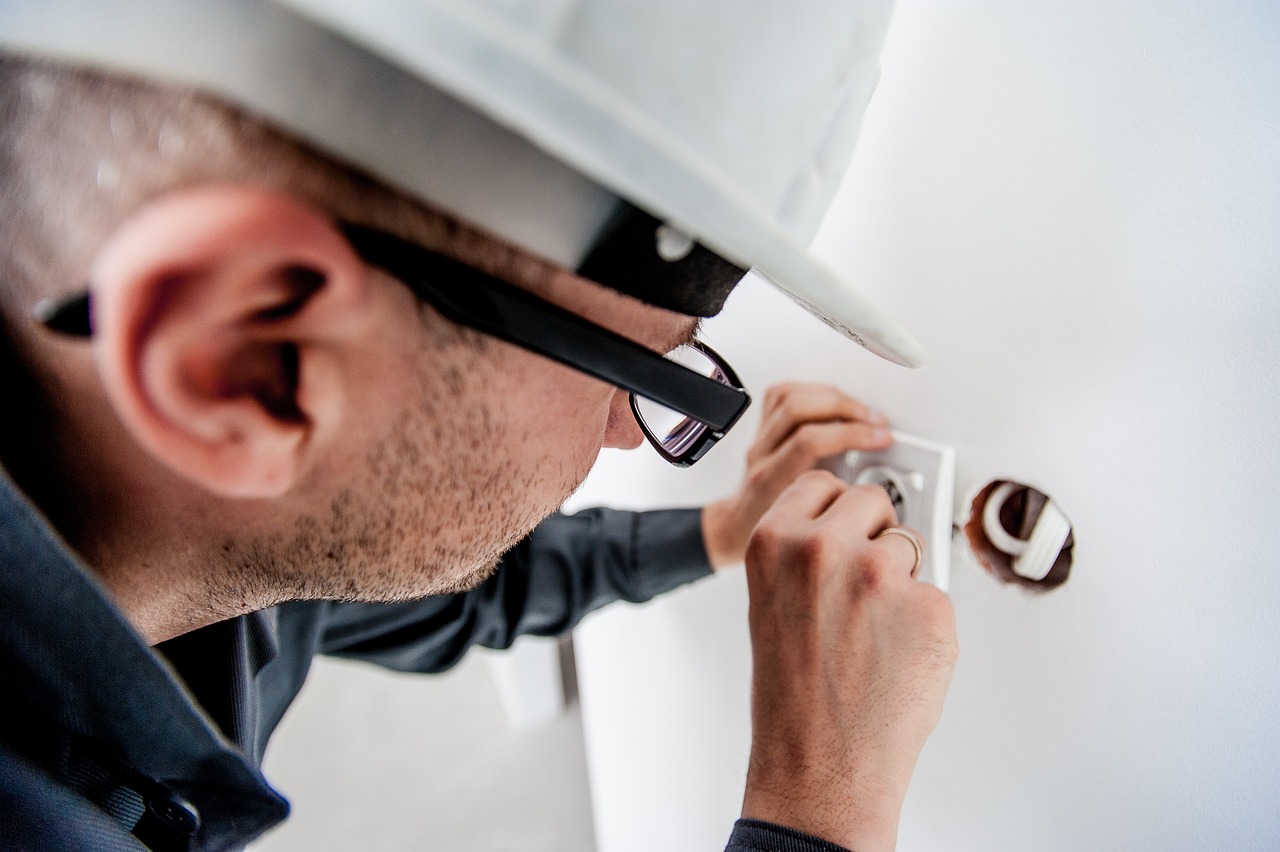
2. Use Heavy Drapes or Curtains:
Investing in thick, heavy curtains serves as a practical and aesthetically pleasing solution to soundproofing. By hanging these curtains over windows, you not only enhance your privacy but also introduce an effective sound-absorbing element. Opt for curtains with multiple insulating layers to maximize their ability to reduce sound transmission, providing an additional layer of acoustic insulation for your home.
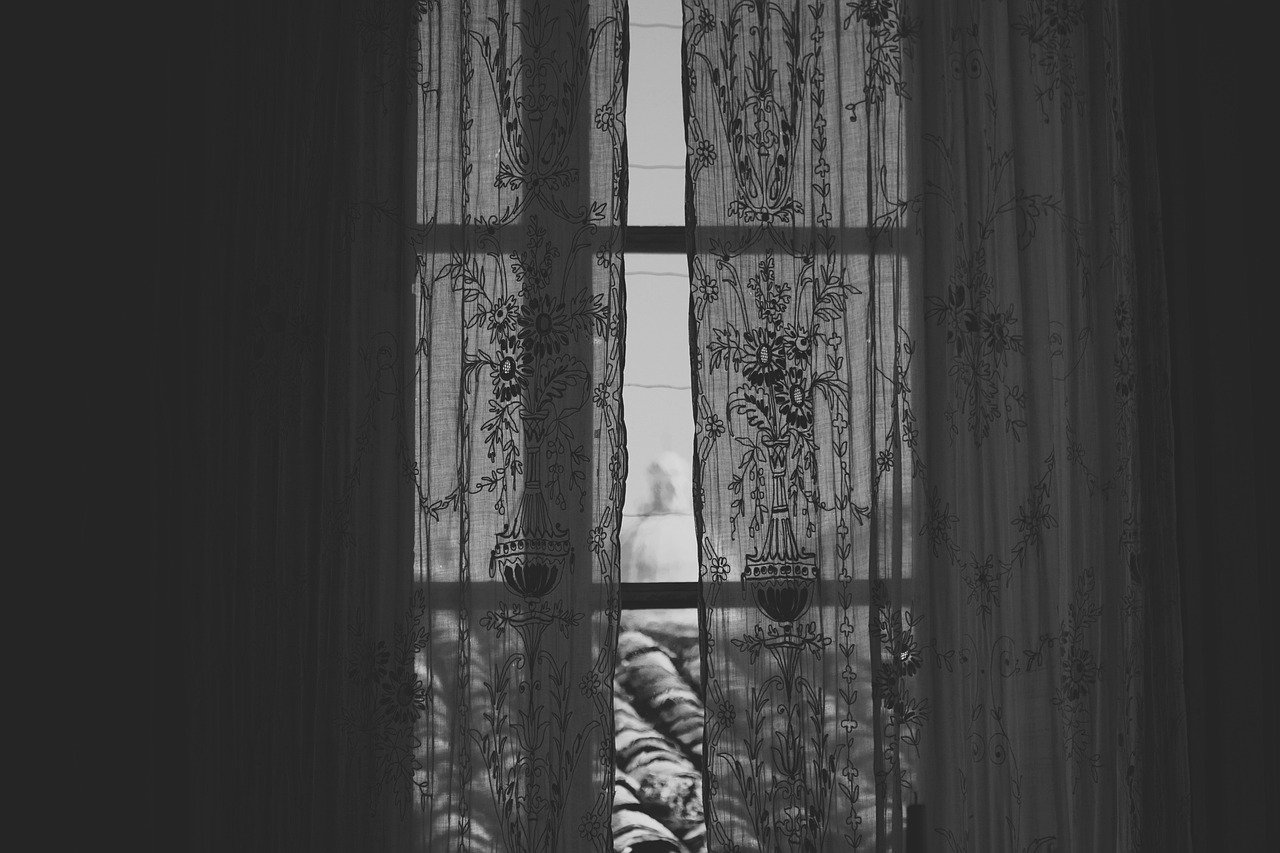
3. Install Door Sweeps:
Door sweeps are invaluable tools in preventing sound from escaping through the gaps beneath doors. Placed at the bottom of doors, these devices create a seal that minimizes the passage of sound between rooms. This straightforward addition contributes significantly to the soundproofing of interior spaces, ensuring a quieter and more secluded environment within each room.
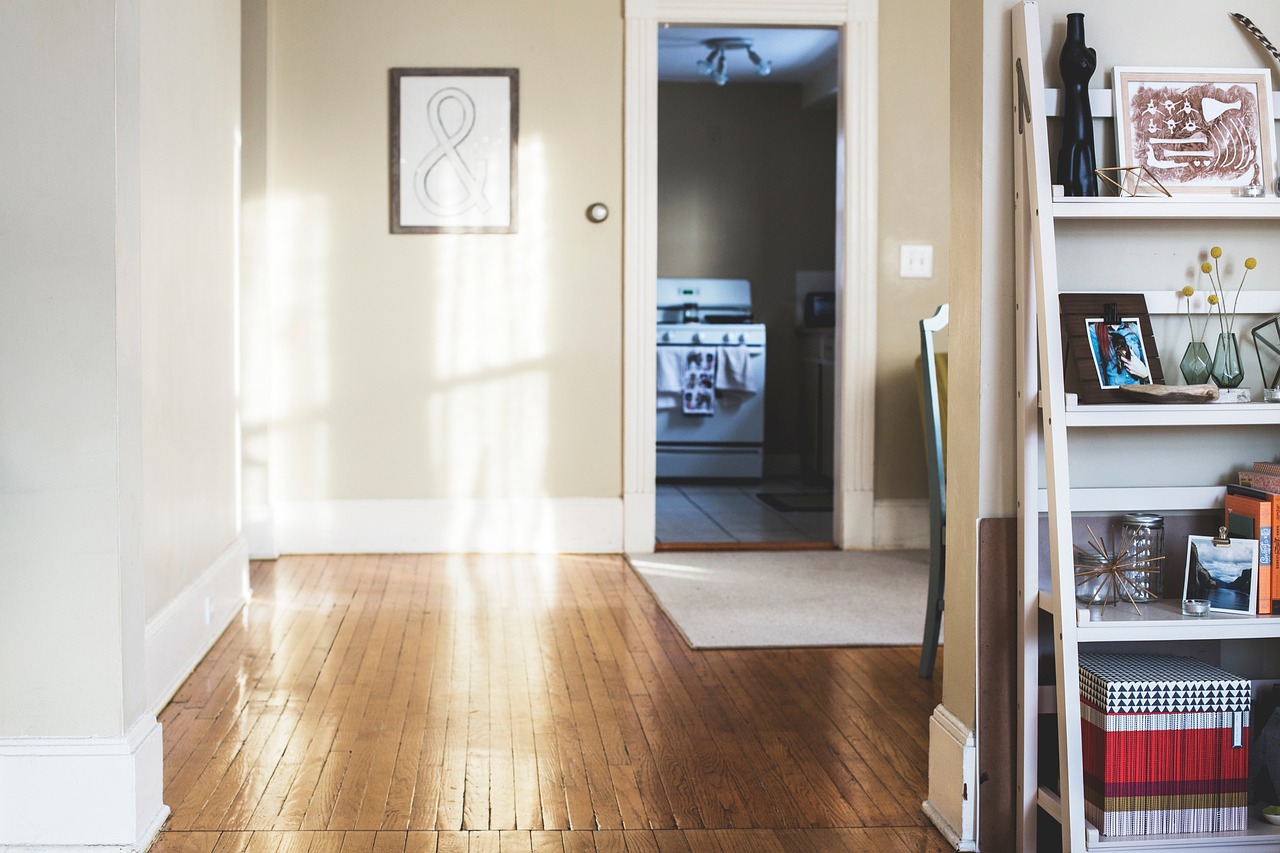
4. Add Area Rugs or Carpets:
Hard flooring surfaces can contribute to sound reflections and echoes, impacting the overall acoustics of a room. Introducing area rugs or carpets strategically over these surfaces absorbs sound, reducing reverberation and creating a more comfortable and acoustically balanced living space. This not only enhances soundproofing but also adds a touch of warmth and style to your home.
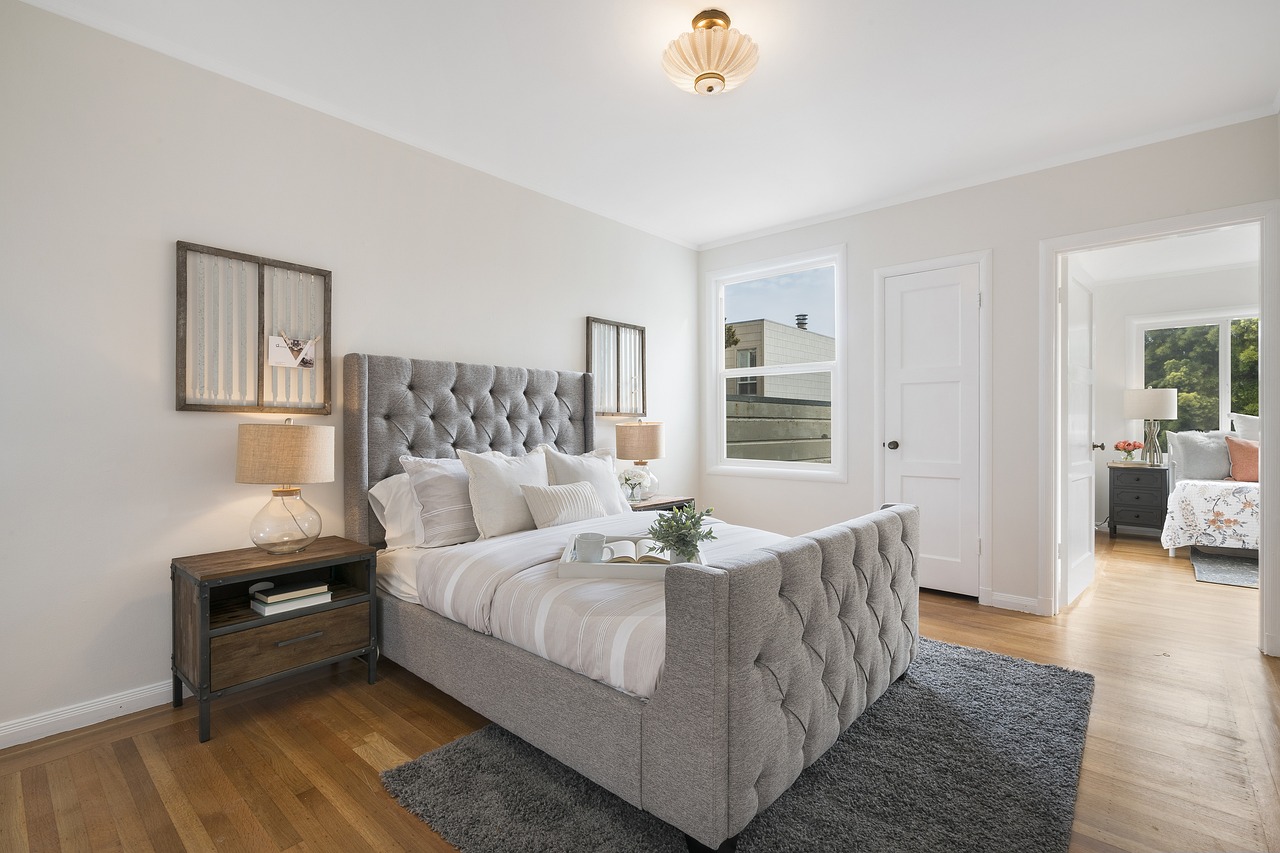
5. Apply Acoustic Panels:
Acoustic panels are purpose-designed elements that effectively absorb sound waves, making them an excellent choice for targeted soundproofing. By installing these panels on walls, you can address specific areas where sound transmission is a concern, such as home theaters or bedrooms. The varied designs of acoustic panels also allow for a creative integration of functional soundproofing into your home's decor.
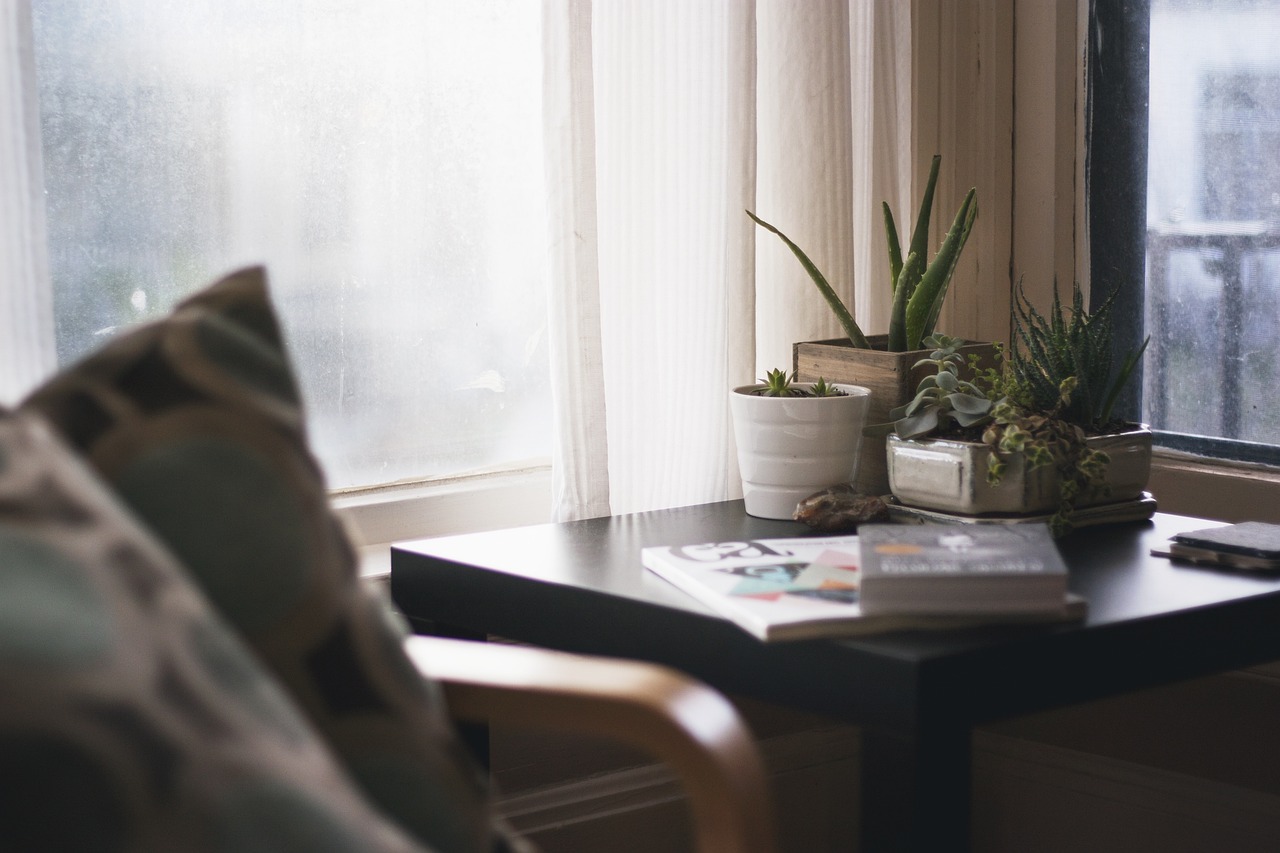
6. Insulate Walls:
Enhancing the insulation within your home's walls is a key strategy for soundproofing. Using materials like fiberglass or foam, you can dampen sound vibrations, reducing the transfer of noise between different areas. This is particularly beneficial for maintaining privacy and tranquility within individual rooms, creating a more enjoyable and peaceful living environment.
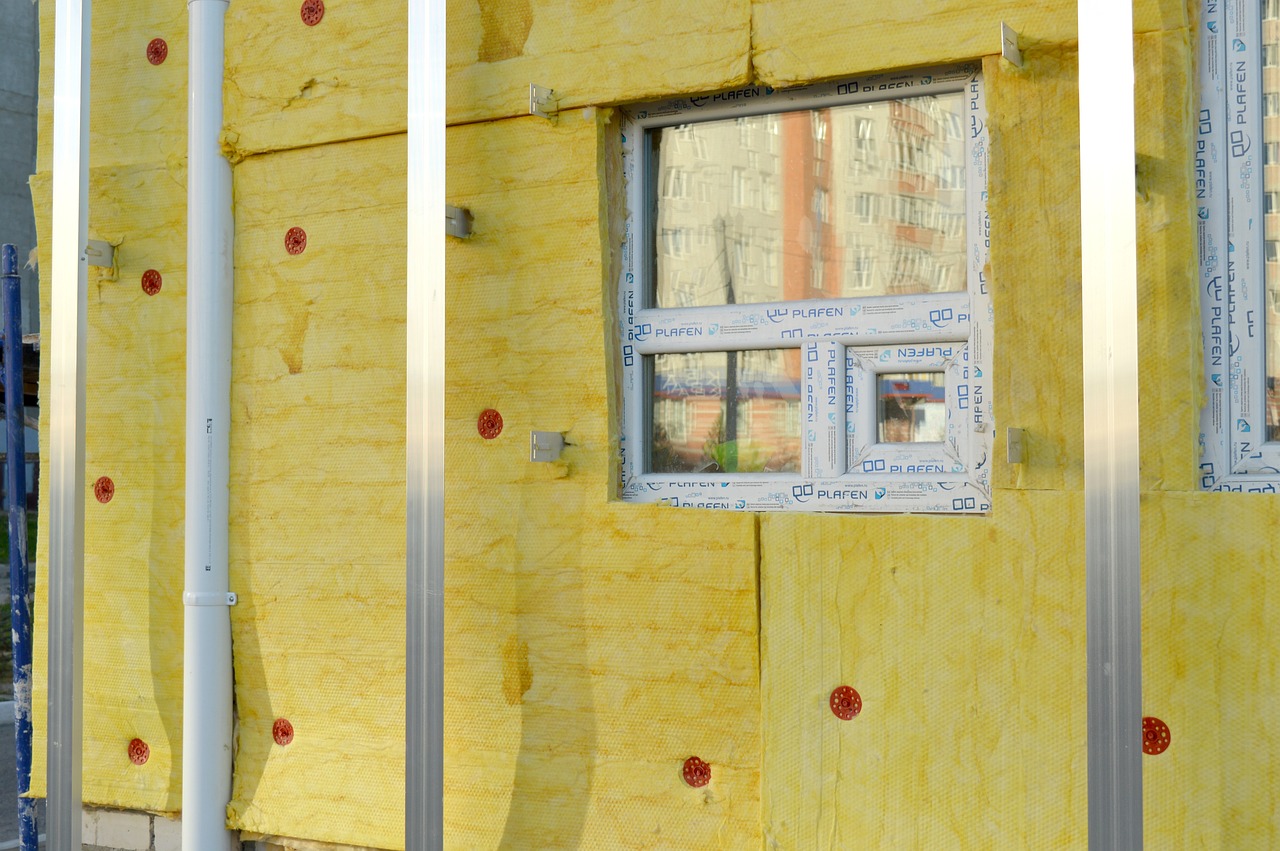
7. Upgrade Windows:
Upgrading to double-pane windows is a significant investment in improving sound insulation. These windows offer enhanced protection against external noise, contributing to a quieter indoor environment. Additionally, opting for acoustic laminated glass further enhances the soundproofing capabilities of windows, providing an effective shield against unwanted noise.

8. Use Soundproofing Paint:
Specialized soundproofing paints offer a unique approach to reducing sound transmission. Applied to walls and ceilings, these paints contain acoustic properties that dampen sound vibrations, adding an extra layer of protection against noise. This innovative solution complements other soundproofing methods and can be seamlessly integrated into your home's aesthetic.

9. Use Bookshelves:
Beyond their functional role, strategically placing bookshelves against walls serves as a dual-purpose soundproofing solution. The shelves act as a physical barrier to sound transmission, and the books and items on the shelves contribute to sound absorption. This not only enhances the acoustics of the room but also adds a decorative element, making bookshelves a practical and aesthetically pleasing soundproofing option.

10. Seal Air Ducts:
Ensuring that air ducts are properly sealed is essential in preventing sound transmission through the ventilation system. Addressing this potential source of sound leakage contributes to maintaining a quieter and more comfortable indoor environment. By sealing air ducts, you create a more effective sound barrier, enhancing the overall success of your soundproofing efforts.

Conclusion
In the quest for a harmonious home, soundproofing emerges as a game-changer, presenting an array of solutions to ward off the intrusion of external noise. As we wrap up our exploration into the art and science of soundproofing, keep in mind that crafting a haven of tranquility is well within your reach. Blend the wisdom of sealing gaps, arranging furniture strategically, investing in acoustic upgrades, and embracing inventive solutions to compose a living space where peace takes center stage. Whether you're craving a cozy reading nook or envisioning a serene bedroom retreat, the tips we've shared serve as a guide to tailor your soundproofing journey. As you step onto this transformative path, may your home echo with the calming melody of silence, fostering an atmosphere where serenity reigns supreme. Here's to a quieter, more peaceful abode – your sanctuary of calm amid the hustle and bustle of the outside world.





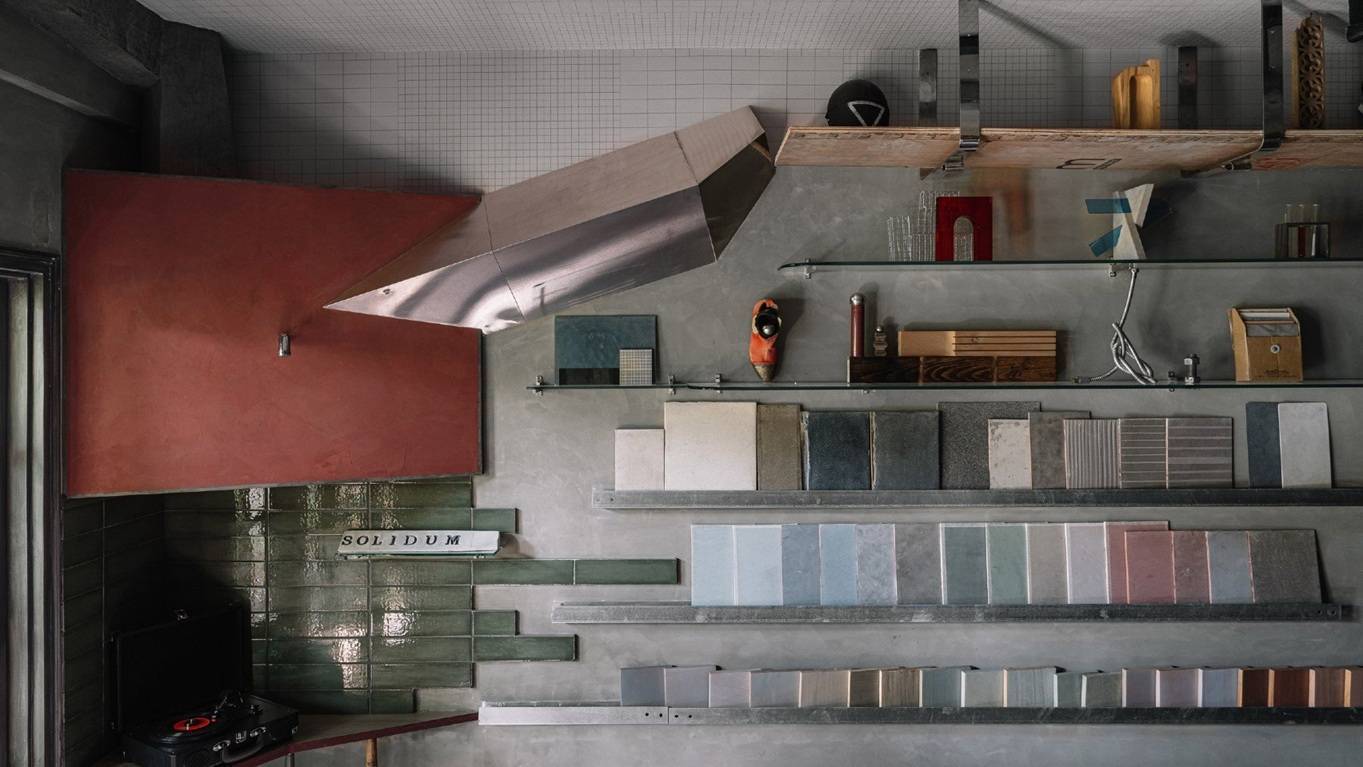
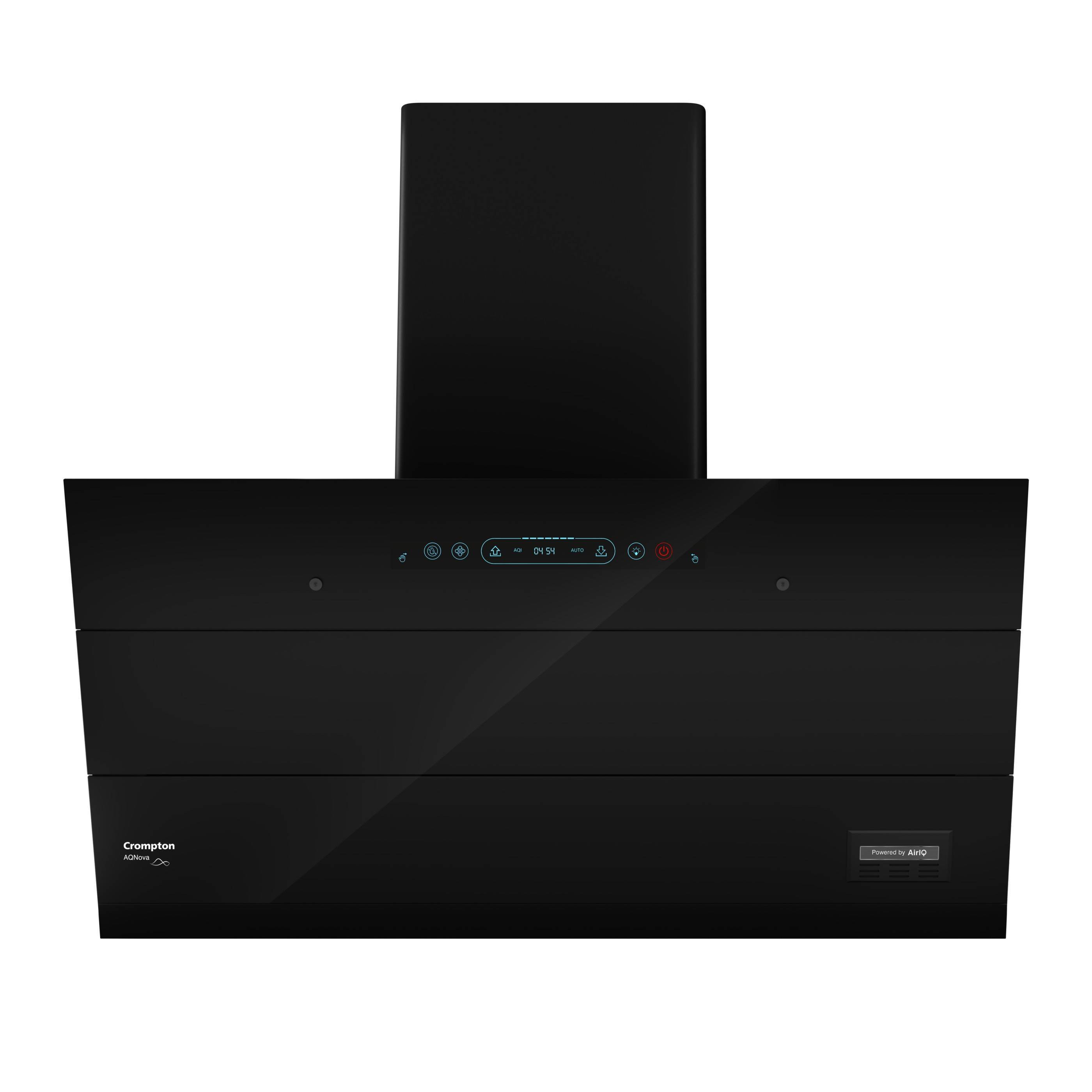


.png)